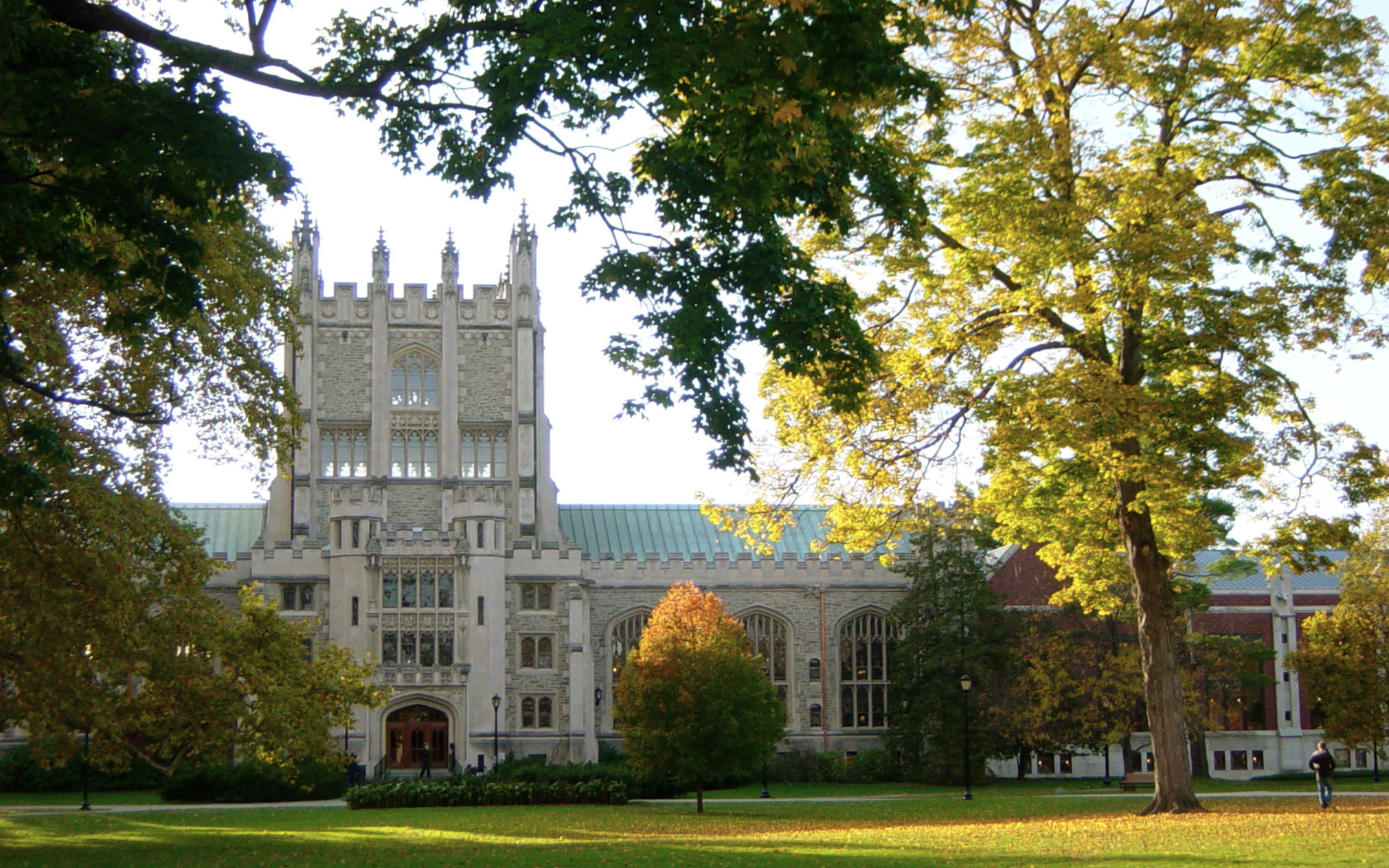This is the second journey on this blog with Canadian psychologist Malcolm Gladwell. Through his podcast Revisionist History, he guides listeners to view society through a different perspective, unearthing hidden historical truths. This is Episode 5 of Season 1, titled “Food Fight,” that continues the exploration of the dark side of American education.
Gladwell begins this episode with images you’d expect to find at a top-tier, luxurious dining hall: smashed chickpea avocado and pesto sandwiches. Farro salads with parmesan. Hot turkey sandwiches with tofu and orzo (short-cut pasta that looks like grains of rice, according to a Google search). An entire salad bar, in fact, where you can get prepared salads or entrée salads. Even fresh rosemary.
This is, actually, an everyday scene in a college dining hall. The lucky school is Bowdoin College of Brunswick, Maine. Its chef Ken Cardone creates these extraordinary foods for the students and he has earned Bowdoin’s food an equally extraordinary reputation.
So how can this be a bad thing? Gladwell, after giving us the aforementioned dazzling food interview with Cardone, whisks us away to a different place.
Vassar College of Poughkeepsie, New York is a very 19th century building with “Gothic Greystone buildings and creaky oak staircases, huge double sashes windows, and ancient rugs.” The president of Vassar is Catharine Hill, a tall lady with a low, pleasant, and determined voice. She was the one who, during her time at another college, discovered the lack of low-income students there, students who would have to pay half their family’s income just to attend. She sparked the change in that school’s financial aid so that became the generous one it is today—it’s Williams College. In the same way, when she came to Vassar, a change she made was to invite more poor students through grants and scholarships. Where 80% of Vassar’s student population used to be rich students who could pay the full price and thus sustain Vassar’s finances, much of it is now poorer students who need financial aid from Vassar.
Gladwell allows a few current Vassar students to complain: “The salad bar makes me sad.” “I found an industrial sized staple in my spinach stir-fry once.” In addition to the lowered quality of food in the dining halls, there is less “wiggle room” in Vassar’s budget to have dorm or bathroom renovations. Vassar relies heavily on endowments and on the students who come and pay full cost.
Through his conversation with Catharine Hill, Gladwell uncovers the dilemma of Vassar College that is a representation of many, many schools across America. It is acknowledged that a simple solution would simply be to cut down the student body of Vassar to better cater to the physical needs of the remaining students. However, that would be undermining Vassar’s goal and mission to educate as many intelligent, low-income students in America as possible. To provide students with the experience of living with, interacting with, and studying with people from worlds different from their own. And so, Vassar has to “sit tight” in a culture that does not appreciate its vision.
Schools like Bowdoin provide a luxurious lifestyle, one that rich students are accustomed to and also one that schools like Vassar can’t afford. Yet, as Hill and Gladwell both say, Vassar is the college that needs these full-paying students the most.
Bowdoin and Vassar are both liberal arts colleges: small, tightly-knit communities that provide a four-year education in communication, problem-solving, and interaction, with a curriculum rooted in the humanities. Which college is choosing to use their money to bring in more students to create a diverse, miniature world within their campus? Which college is nurturing students who, in the long run, will graduate to make a change?
You may not think that one liberal arts college’s avocado and parmesan salad is connected to another liberal arts college’s cold dorms and at-risk finances, but in a way, it is. This episode ends with the words of Amanda, a sophomore at Bowdoin: “I would much prefer that our school be giving money to [the students who need it] than trying to make our food better, you know.” Through raw, honest voices of people from these two liberal arts colleges, Gladwell has created yet another interesting and profound episode that uncovers the deeper implications of what we see in college dining halls.
